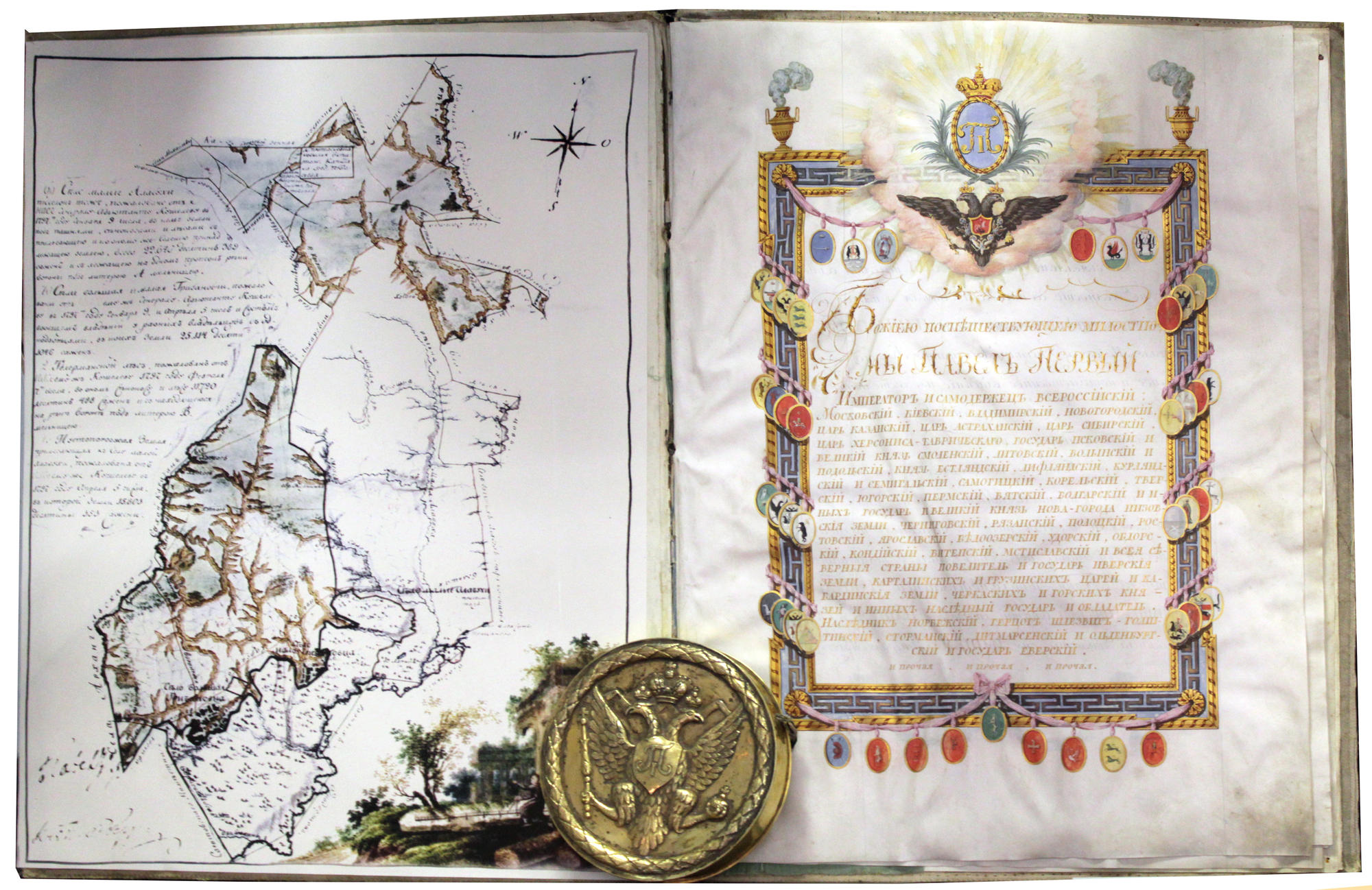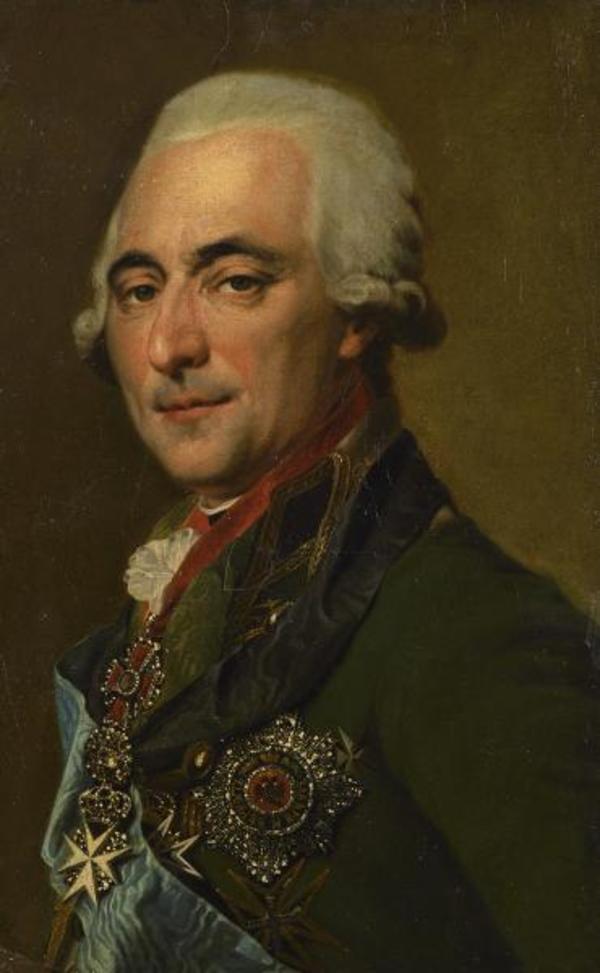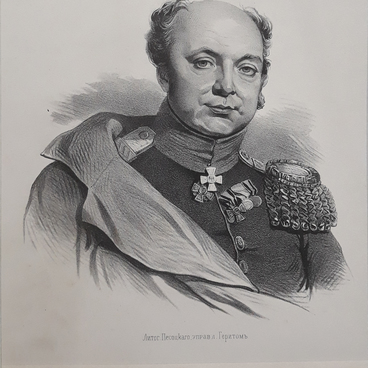In Russia, letters of grant confirmed legal deeds with which the monarch assigned privileges and advantages to individuals, institutions, churches or entire estates. Such letters were issued on the personal initiative of the sovereign.
During the reign of Catherine II and Paul I in Russia, the right of aristocrats to the lands, which they received as a reward for their service, was secured with letters of grant. The land was granted along with the peasants. On April 5, 1797, Major General and Adjutant General Grigory Kushelev received a letter of grant from Emperor Paul I. The document granted the villages of Bolshaya Gribanovka and Malaya Gribanovka in Tambov Governorate to Kushelev, in the eternal and hereditary possession.
The letter was made of four sheets of parchment sewn together like a notebook. The sheets were stitched with a colored cord and wrapped in a binding of brocade fabric with a golden pattern. This fabric was called silk brocade and was often used for formal clothing or expensive bindings. The imperial seal of wax is attached to the letter. To protect it from breaks, the seal was placed in a Guard, or a round gilded silver box. The national emblem, a two-headed eagle with a scepter and a globe in its paws, is embossed on the lid of the Guard.
The text of the letter is written by hand. The title page is decorated with a frame depicting the arms of the Russian Empire. Above the first lines of the rescript (the monarch’s personal appeal to his subject), the national State emblem is depicted, under the imperial crown.
During the reign of Catherine II and Paul I in Russia, the right of aristocrats to the lands, which they received as a reward for their service, was secured with letters of grant. The land was granted along with the peasants. On April 5, 1797, Major General and Adjutant General Grigory Kushelev received a letter of grant from Emperor Paul I. The document granted the villages of Bolshaya Gribanovka and Malaya Gribanovka in Tambov Governorate to Kushelev, in the eternal and hereditary possession.
The letter was made of four sheets of parchment sewn together like a notebook. The sheets were stitched with a colored cord and wrapped in a binding of brocade fabric with a golden pattern. This fabric was called silk brocade and was often used for formal clothing or expensive bindings. The imperial seal of wax is attached to the letter. To protect it from breaks, the seal was placed in a Guard, or a round gilded silver box. The national emblem, a two-headed eagle with a scepter and a globe in its paws, is embossed on the lid of the Guard.
The text of the letter is written by hand. The title page is decorated with a frame depicting the arms of the Russian Empire. Above the first lines of the rescript (the monarch’s personal appeal to his subject), the national State emblem is depicted, under the imperial crown.




